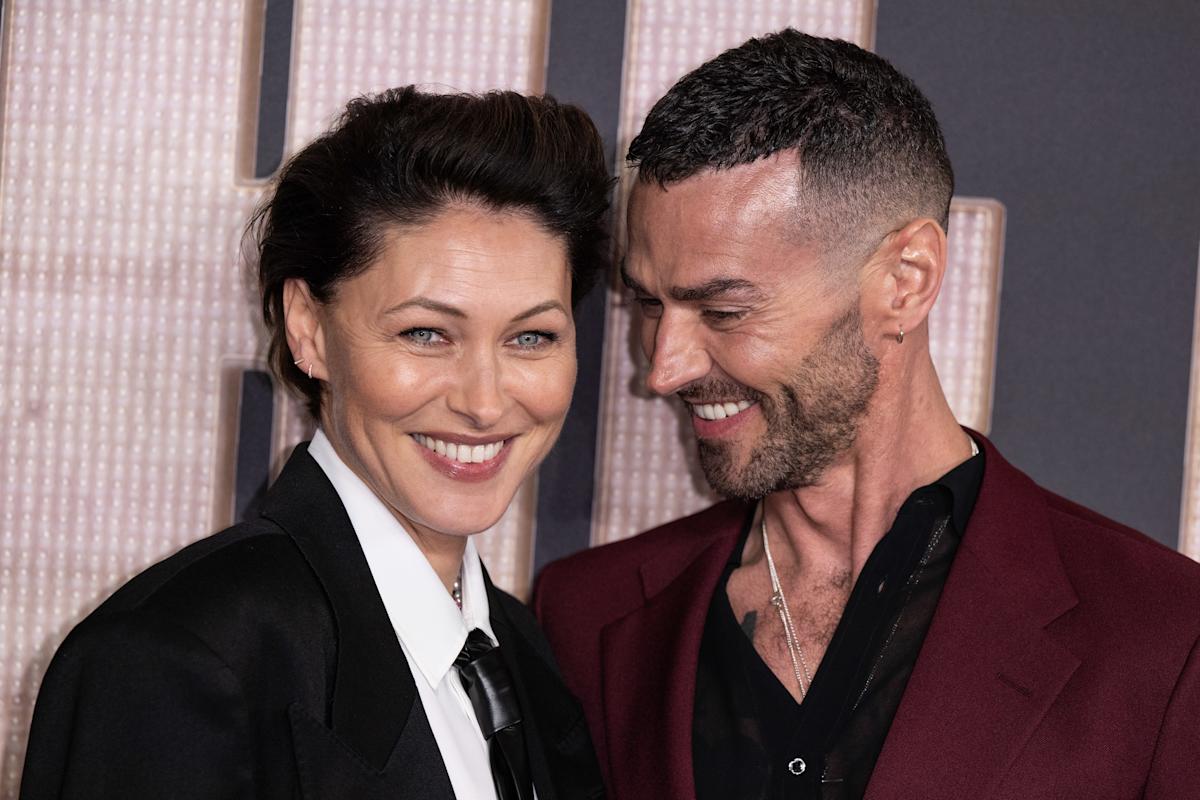The Voice presenter Emma Willis, 49, has had keyhole surgery after “48 years” not knowing she had a hole in her heart.
The mum-of-three, who is married to Busted star Matt Willis, shared photos taken in hospital on Instagram yesterday evening. Revealing she’d had surgery a few weeks ago, she praised those who looked after her at the Royal Brompton Hospital, saying, “A big humungous THANK YOU to the team for their care and support”.
In a lengthy caption, she explained: “A few weeks ago, I had keyhole heart surgery, which feels very strange to write, and even stranger when I say it out loud. From investigations last year, to diagnosis and then surgery, they were absolutely incredible [the hospital team]. As was @mattjwillis who never left my side.
“Turns out, I’ve been pottering around for 48 years blissfully unaware I had a hole in my heart isn’t it bonkers what’s happening in our bodies that we have no idea about…
“What blows my mind even more is the wonders of modern medicine, and the spectacular people that save, fix and help us every single day,” she added.
What is a hole in the heart?
A hole in the heart is a type of congenital heart disease, which means it develops in the womb and is something you’re born with. Around one in 100 babies in the UK are born with some form of congenital heart defect.
A hole in the heart is known as a septal defect, which is when there’s an abnormality in the septum – the wall between the chambers of the heart. There are two main types of septal defects, atrial septal defect (ASD) and ventricular septal defect (VSD).
“If the hole in the septum is in the atria – the top chambers of the heart – it’s called an atrial septal defect,” explains Julie Ward, senior cardiac nurse at the British Heart Foundation (BHF). “And if it’s in the ventricles at the bottom. It’s called a ventricular septal defect.”
You can be born with more than one hole in the heart.
What are the symptoms?
“A hole in the heart is often so small it may not be detected at birth,” says Ward, who adds that some people may have such a small hole in the heart it doesn’t cause any symptoms or need treatment and they may never know they have one.
Some small holes may close themselves over time, according to the NHS. However, as you get older the hole can sometimes grow with you, which can cause symptoms. Ward says all holes in the heart present differently and can grow at different rates, meaning some people can be diagnosed in childhood, others in adulthood, while some larger holes can be diagnosed in the womb.
“If the hole is on the larger size, the blood is effectively shunting back and forth from one chamber to the other instead of staying in the same chamber,” she says. “Then people might present with shortness of breath or feeling very tired, they might not be able to exercise very much, and could even faint or have an irregular heartbeat.”
The BHF also states that in some cases, septal defects can cause more serious issues like heart failure and stroke.
How is a hole in the heart diagnosed?
“If you do have any symptoms that are unusual for you, you should talk to your GP and get a physical examination,” says Ward.
She explains that the doctor will listen to your heart with a stethoscope for a sound called a murmur, which could be a sign your blood is shunting back and forwards. They may refer you for further tests. If you do have a hole in your heart you may be monitored regularly or in some cases require surgery.
Read more about celebrity health:
Emma Willis, hole in the heart, keyhole surgery, heart surgery, congenital heart disease, Matt Willis, atrial septal defect, heart failure, Julie Ward
#common #heart #defect #Emma #Willis #undergoes #surgery

